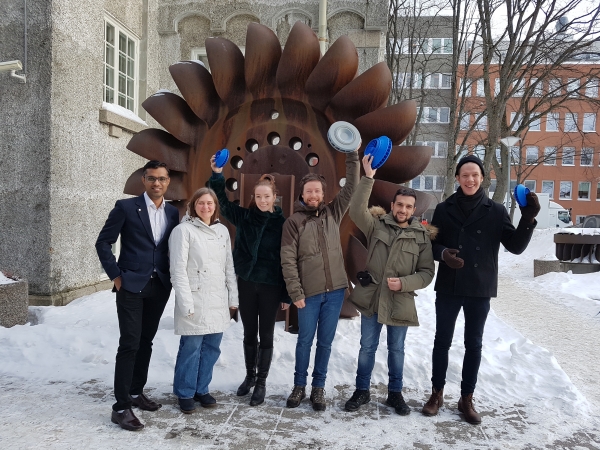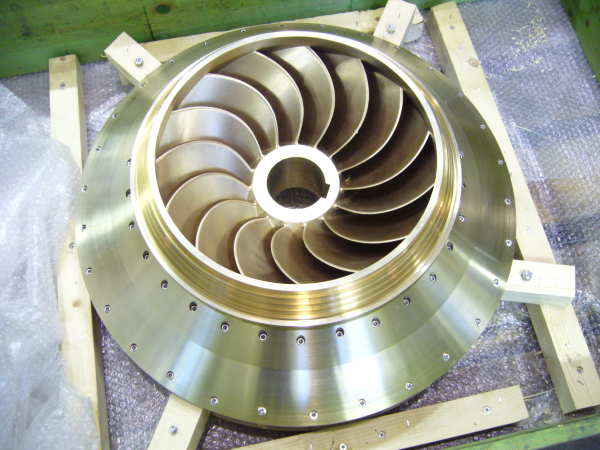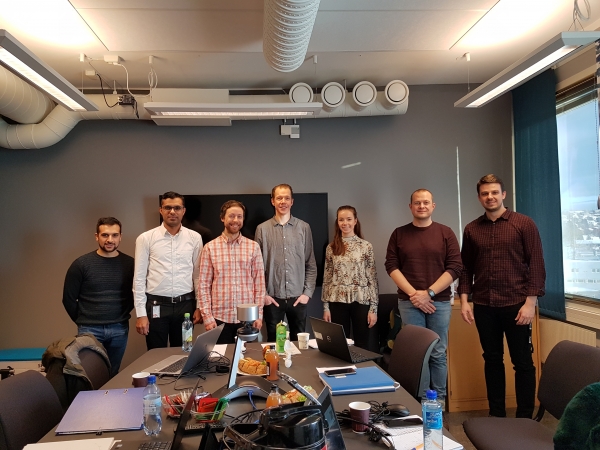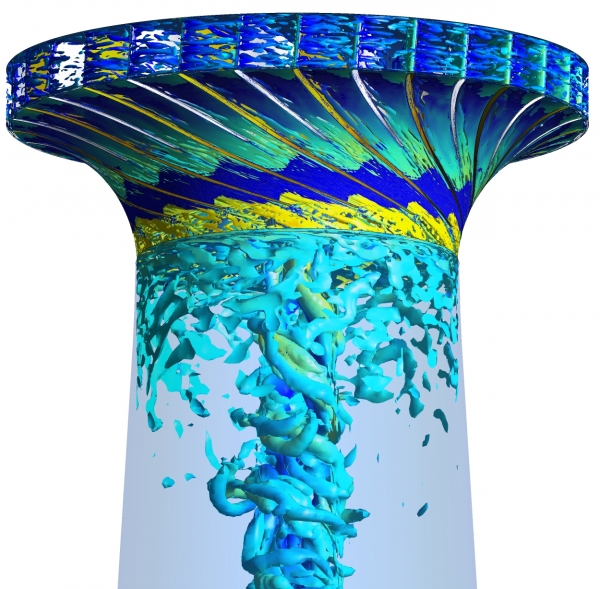Designing Flexible Turbines
Inspiring WP3 workshop in Trondheim

The current transition of the European energy systems towards a sustainable and renewable production indicates that intermittent renewable energy sources, such as wind and solar, will be key components in the future energy mix. This increases the need for technologies, which can balance the system by providing flexibility.
Hydropower is the largest energy storage technology among the renewables. It can provide flexibility to the energy market since hydropower plants are able to start and stop production independent of the weather, unlike wind and solar. However, old design turbines have certain limitations when it comes to frequent variability. When existing turbines try to accommodate the energy variability in today’s electricity market, they experience strain and fatigue. This results in a reduction of operating lifetime. Hence, the development of technological solutions that accommodate frequent variability is key for the future electricity market and for improving power grid stability.
The HydroFlex project aims towards scientific and technological breakthroughs to enable hydropower to operate with very high flexibility: 30 starts and stops per day. Work package 3 of the project focuses on the design of a Francis turbine, which can cope with these frequent starts and stops. The new design approach for the turbine will be tried and tested in order to decrease the risk for strain and fatigue in the turbine.
On Feb 05-06, WP3 participants from NTNU and EDR&Medeso met in Trondheim to discuss how to optimize turbine design for operation with high flexibility. The workshop focused on the way forward towards this milestone: The first step is to create new designs for the different components of the turbine (runner, guide vanes, etc.) and to run simulations with ANSYS software in order to test and optimize the design as well as get more insights into the consequences of 30 start-stop cycles.
The parametric design tool will be built around the system simulation and design optimization tool called ANSYS OptiSLang. From an initial design (Task 3.1), a number of simulations will be performed in order to generate an ideal design diagram of the turbine. This includes the automatic creation of a computer model and discretization for big calculations and huge data analysis. The simulations continue until we achieve the best possible design of the turbine. In parallel, we aim to carry out an analysis of mechanical components of the turbine to check crack and fatigue for critical conditions. The new turbine design will later be tested in the Waterpower Laboratory at NTNU.


Workshop participants from NTNU and EDR&Medeso



Leave A Comment